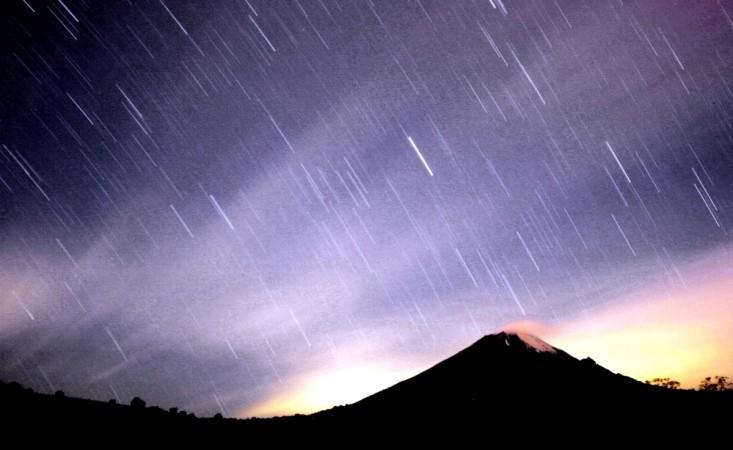
A giant asteroid named after the Greek demi-god Phaethon, who according to legend almost destroyed Earth, is hurtling towards the planet. The 3-mile (5 km) wide asteroid named 3200 Phaethon is due to "brush quite close" just before Christmas.
According to Russian astronomers, the space rock will come "quite close" on December 17. NASA has previously described the space rock as a "potentially hazardous asteroid." Phaeton's path misses Earth's orbit by around 2 million miles, which in space terms is relatively close.
Also Read: Meteor explosion: Rare fireball creates a strange green flash in Japan [VIDEO]
Astronomers at the Immanuel Kant Baltic Federal University in Konigsberg, Russia, have published the video tracking the path of the giant asteroid, which is said to be half the size of Chicxulub asteroid that destroyed the dinosaurs.
The space rock will pass closer to the sun and is also believed to cause the unique Geminids meteor shower in mid-December. Geminids meteor shower is an annual meteor shower that peaks between December 13 and 14.
"Apparently, this asteroid was once a much bigger object, but its many approaches to the Sun have caused it to crumble into smaller pieces which eventually formed this meteor shower," the University said in a statement.
"If so, the asteroid itself could be the residue of a comet nucleus. The asteroid's extremely elongated orbit, thanks to which it sometimes gets to the Sun closer than Mercury and it sometimes moves away farther than Mars, is another argument in favour of this theory."
This asteroid has baffled scientists because it has "features of both asteroid and a comet." It was discovered on October 11, 1983, and was named after the Greek demi-god Phaethon because of its approach to the sun.
"Phaethon is technically classified as an asteroid -- the first to be discovered via satellite. But how could an asteroid produce meteoroids that cause the Geminids? One theory is that Phaethon broke apart from another object, ejecting meteoroids as a part of the breakup. This doesn't agree with other things we know, however," NASA explained.
"Another theory is that a collision with another object thousands of years ago could have produced debris that Earth now travels through. This theory appears to be unlikely as well, based on other evidence. Another theory assumes Phaethon to be a dead comet (the spent nucleus of a comet whose ices had been sublimated away) that produced debris in the past that now intersects Earth's orbit. But no evidence for mass loss from the object has ever been reported.... until recently."

















